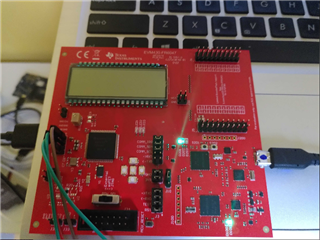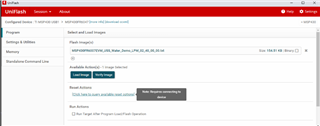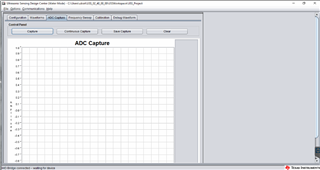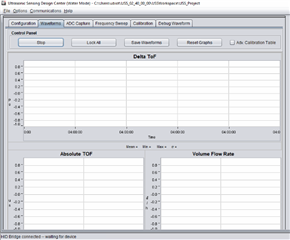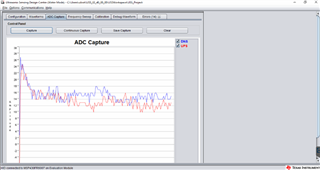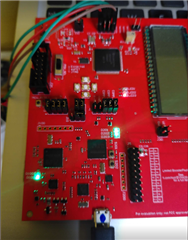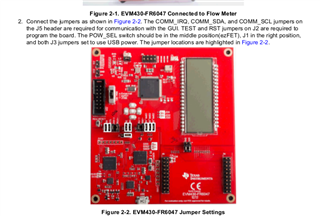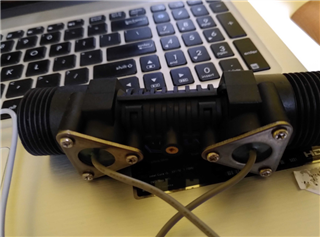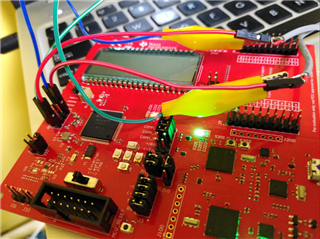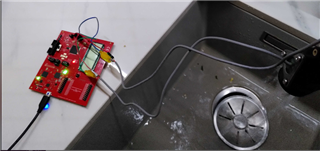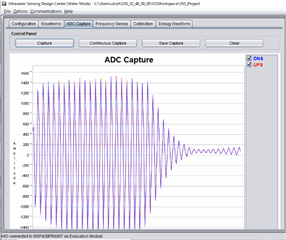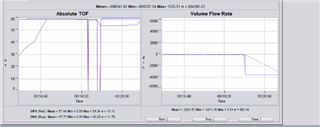Other Parts Discussed in Thread: UNIFLASH,
Hello, recently I have acquired a MSP430FR6047 board, and begin to follow the getting started guide of Ultrasonic Sensor Example , after the install the firmware of board with the uniflash tool, when I tried to use
the design center in the GUI jointly with sensor , shows that the HID bridge is connected but It is waiting for device, i research and it seems that the GUI isn't be able to receive the parameters form the device.
Researching in the forum I found people who already had the same problem:
HID Bridge connected – waiting for device
I tried to follow the solutions, such as updating the firmware (I have the last one that came out), and re-flashing it, but there came a time when the interface remained as stopped
I am new to this and well, I also noticed that the D2.02 led is not shining, which is indicative that the HID bridge works but my pc detects when I use the uniflash that the board is connected.
I would like to know what is causing this behavior.
And I would be very grateful if you could help me.
